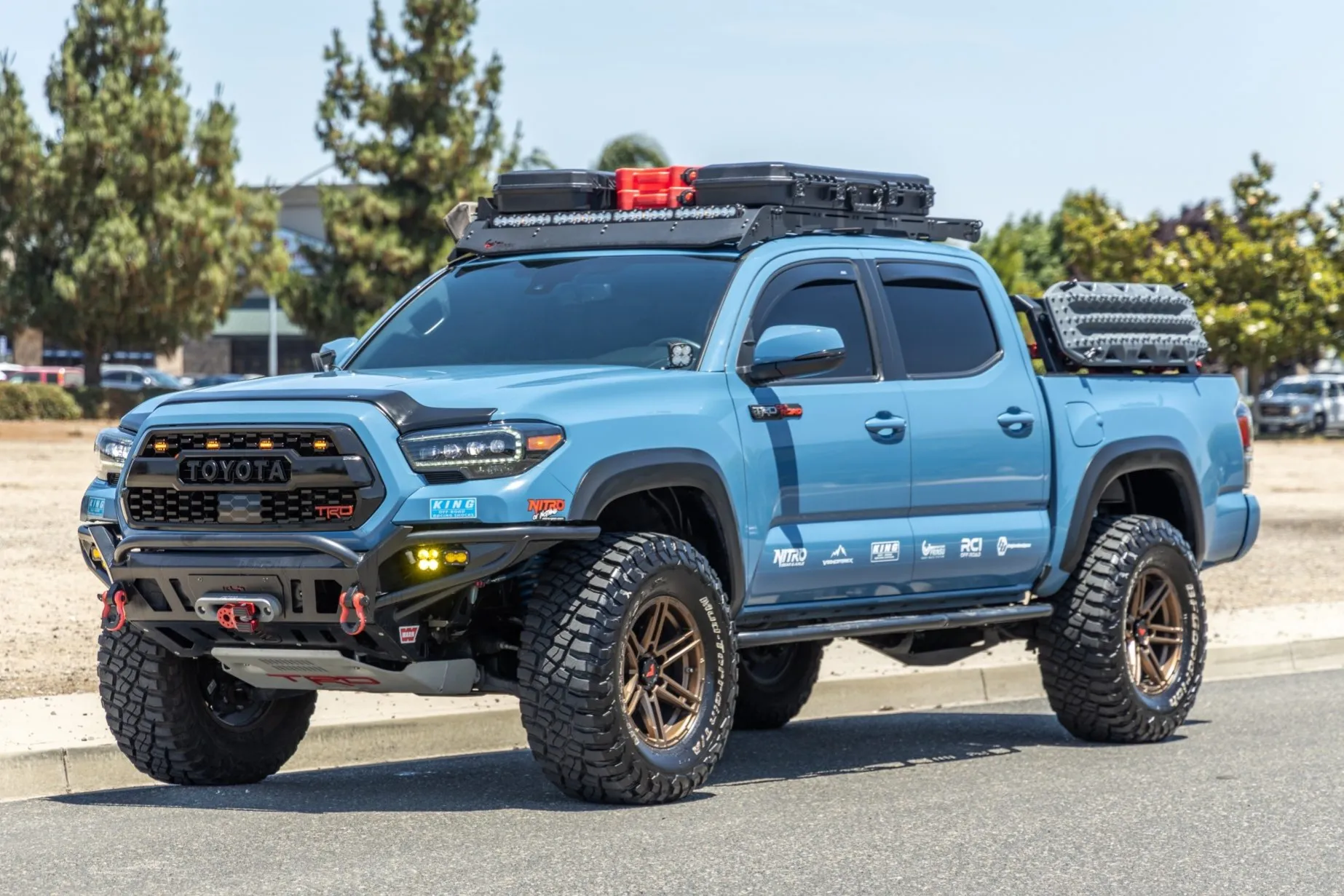Living in tornado country presents a unique set of challenges that demand careful consideration when it comes to transportation. Unlike typical driving conditions, the threat of tornadoes introduces an environment where sudden, violent winds, flying debris, flooded roads, and damaged infrastructure create dangerous and unpredictable hazards.
In such regions, the vehicle you rely on is not just a means of getting from point A to point B—it becomes a crucial tool for survival, evacuation, and emergency response. Choosing the right vehicle can mean the difference between safely navigating a storm’s aftermath and being stranded, injured, or worse. This reality underscores why understanding which vehicles are genuinely reliable in tornado-prone areas—and which are ill-suited or outright unsafe—is vitally important.
Tornadoes bring a chaotic mix of destruction. Beyond the extreme wind speeds that can toss cars like toys, there is the threat of flying debris such as tree limbs, construction materials, and signage, all capable of causing severe damage upon impact. Roads are frequently obstructed by fallen power lines, downed trees, and flooding caused by torrential rains accompanying storms.
In this context, a vehicle’s build quality, drivetrain, ground clearance, safety technology, and durability all become key factors in its ability to protect occupants and maintain mobility under duress.
Not all vehicles are created equal for these challenges. Large trucks and SUVs with body-on-frame construction often excel due to their structural integrity and off-road capabilities, allowing drivers to traverse compromised roads and absorb impacts more effectively.
Meanwhile, smaller, lighter cars designed primarily for city or highway use often struggle in such conditions, lacking both the physical toughness and technological safeguards needed to handle the severity of tornado country hazards. Factors like all-wheel or four-wheel drive systems, advanced driver-assistance technologies, and reinforced cabin structures provide tangible benefits that go beyond mere convenience; they enhance survival odds.
This article explores two contrasting groups of vehicles through the lens of tornado country readiness. On one side, we’ll examine five vehicles known for their toughness, reliability, and safety features that make them dependable partners when severe weather strikes.
These models boast reinforced frames, robust drivetrains, superior traction, and modern safety systems, combining to offer drivers confidence even when the world outside is in turmoil. On the other side, we’ll look at five vehicles whose design philosophies and features make them poor choices for tornado-prone areas—cars that often lack sufficient structural strength, off-road capability, or essential safety tech, putting their occupants at heightened risk.
By understanding the strengths and weaknesses of these vehicles, residents of tornado country can make informed decisions about which models to trust with their safety and mobility. Whether it’s evacuating swiftly before a storm, navigating debris-blocked roads afterward, or simply enduring the day-to-day challenges posed by a severe weather-prone region, the right vehicle is a critical investment.
The goal is clear: to help drivers avoid unnecessary risks by choosing vehicles designed not only to get them from point A to B but to protect them when nature’s fury threatens. This comprehensive look will empower you to evaluate your vehicle choices with tornado safety at the forefront, ultimately improving your preparedness and peace of mind.
Also Read: Top 5 Cars That Don’t Require Premium Gas and 5 That Can’t Run Without It
Table of Contents
Toggle5 Vehicles That Are Reliable in Tornado Country
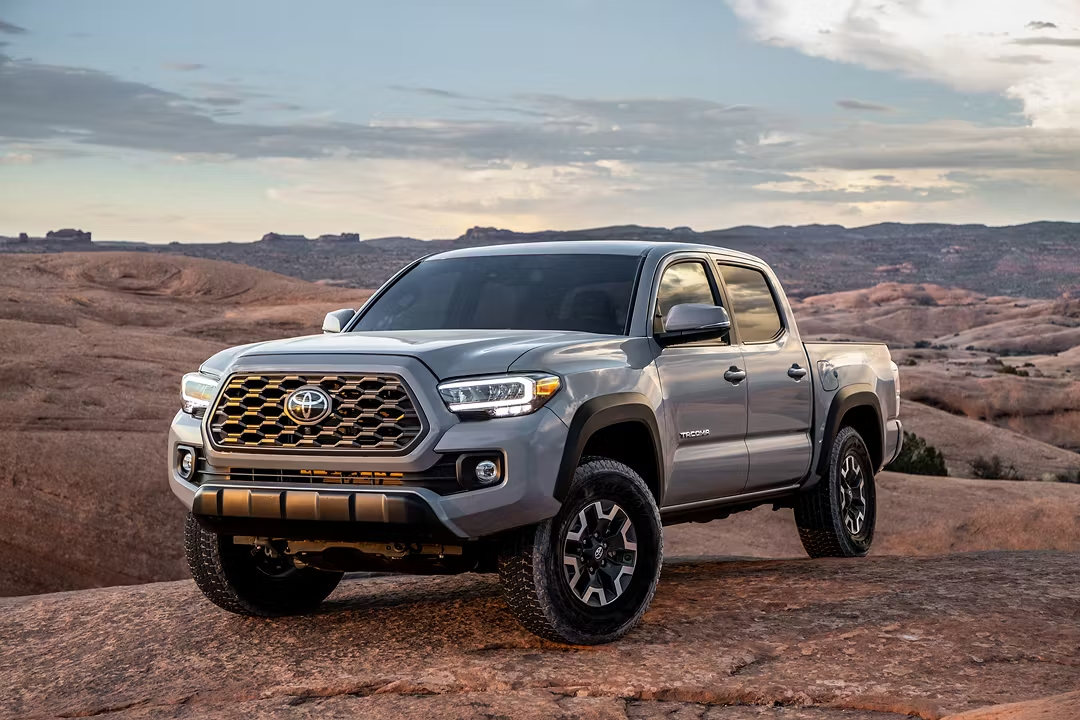
1. Toyota Tacoma
The Toyota Tacoma has earned a formidable reputation in tornado-prone areas due to its unparalleled combination of toughness, reliability, and versatility. Its body-on-frame construction is a significant advantage in the face of extreme weather hazards.
Unlike unibody vehicles that integrate the body and frame into a single structure, body-on-frame vehicles like the Tacoma separate these components, allowing the frame to absorb shocks from debris impact and rough terrain without compromising the cabin’s integrity. This makes it far less likely to suffer catastrophic damage during a tornado-induced accident or when navigating roads littered with fallen branches, signage, or rubble.
Furthermore, the Tacoma’s robust suspension system is engineered to endure off-road rigors and heavy loads, crucial for tornado country where roads can be washed out or cluttered with hazards. It offers multiple four-wheel-drive modes, allowing drivers to tailor traction control to a variety of slippery surfaces such as mud, loose gravel, or water-covered pavement.
This adaptability means that even if roads become impassable for smaller vehicles, the Tacoma can still maintain forward momentum and stability, reducing the risk of getting stranded when time is of the essence.
Safety technologies have also kept pace with Tacoma’s rugged reputation. Toyota Safety Sense, a suite of driver assistance features, equips the truck with adaptive cruise control, automatic emergency braking, and lane departure warning. These systems can be lifesavers when visibility is low due to torrential rains or debris flying through the air.
Combined with a sturdy cabin reinforced by crumple zones and multiple airbags, the Tacoma protects occupants not just by preventing accidents but by mitigating injury when accidents are unavoidable. Its long-standing record of mechanical reliability, with many owners reporting minimal repairs even after high mileage, further cements its role as a dependable ally in tornado country.
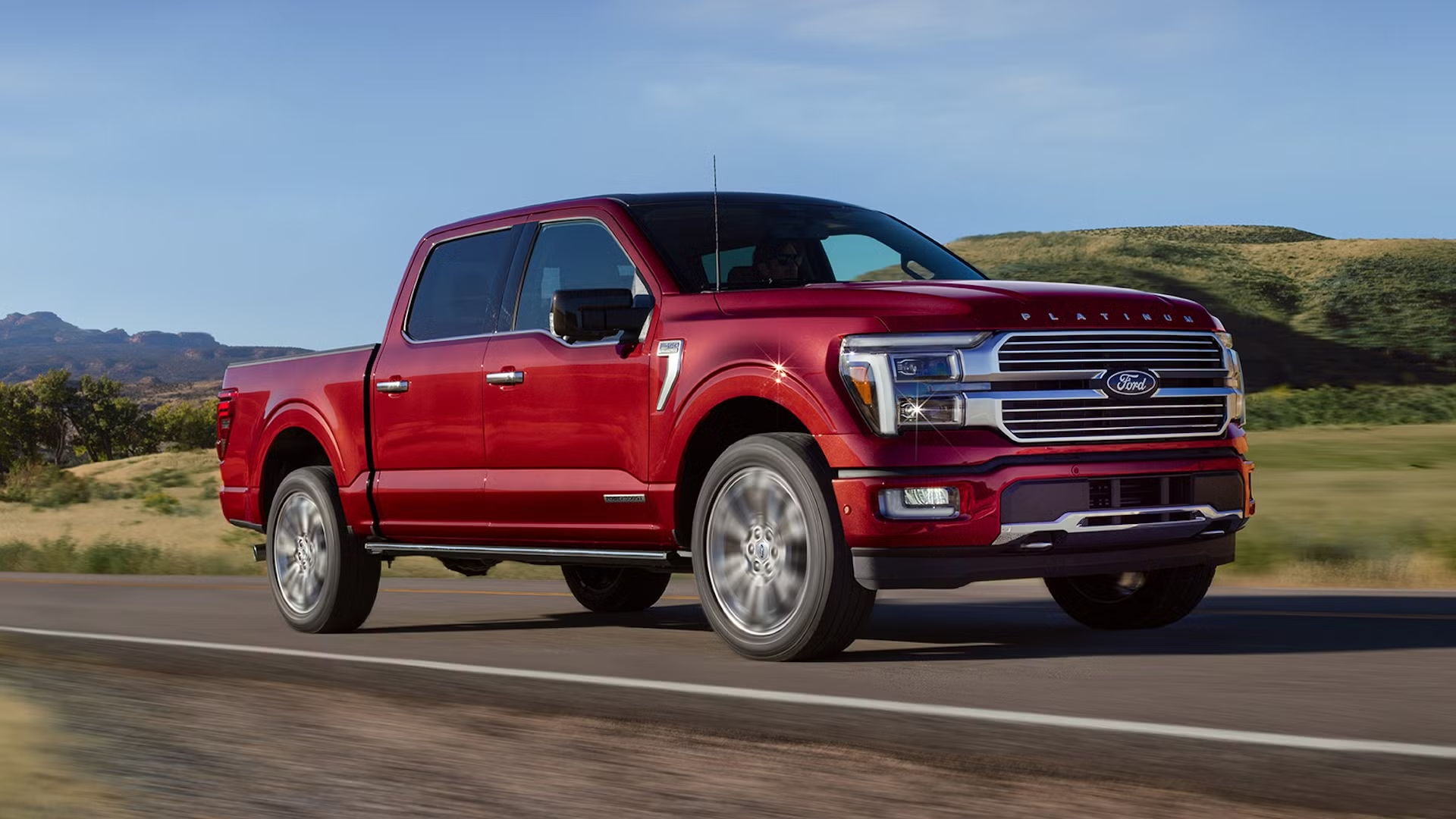
2. Ford F-150
The Ford F-150’s legendary status as America’s best-selling truck is no accident; it thrives under conditions where strength and reliability are paramount, especially in tornado zones. Its rugged full-size, body-on-frame architecture offers immense structural integrity that translates to better crash protection and durability.
When driving through tornado-affected regions, drivers can encounter unpredictable conditions like sudden flooding, debris fields, or damaged infrastructure. The F-150’s high-strength steel frame can better withstand impacts from flying debris or collisions with fallen trees and downed power lines, safeguarding occupants in scenarios where other vehicles might be easily crushed or disabled.
Moreover, the F-150’s drivetrain and suspension system are engineered for heavy-duty performance. The truck’s multiple engine choices, from fuel-efficient EcoBoost V6s to powerful V8s, provide ample torque and horsepower to haul emergency gear or tow trailers filled with supplies.
When paired with its advanced four-wheel-drive systems, the F-150 offers exceptional off-road capabilities, allowing drivers to maintain traction and control on mud-covered, flooded, or rough roads commonly encountered after tornado events. This capability is especially critical for first responders and residents trying to evacuate or reach stranded neighbors.
The F-150 is also equipped with cutting-edge safety technologies. Features such as pre-collision assist with automatic emergency braking, blind-spot monitoring, and trailer sway control enhance driver awareness and vehicle stability. This suite of aids is vital during high-stress situations where roads are crowded, visibility is poor, and reaction times are compressed.
Inside, the spacious cabin is designed for comfort and safety, with airbags placed strategically throughout and reinforced doors that improve side-impact protection. In sum, the Ford F-150 combines brute strength, intelligent safety systems, and dependable power, making it one of the most trusted vehicles for navigating tornado country.
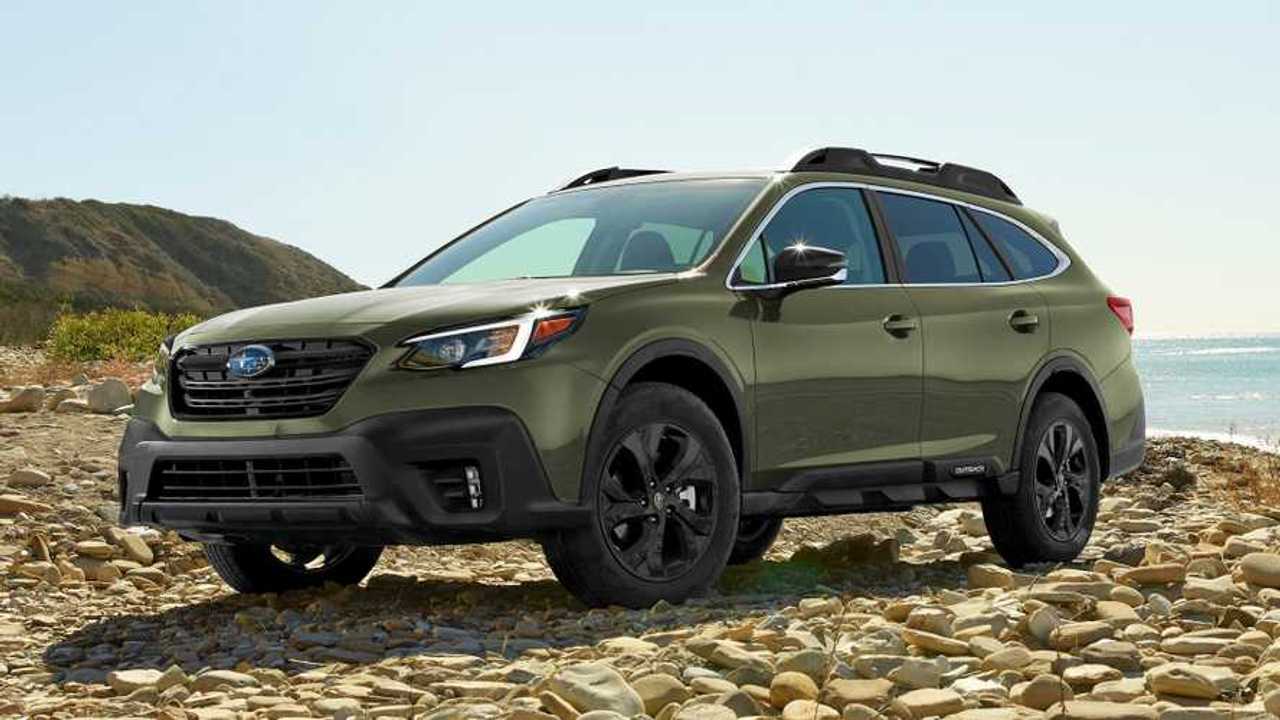
3. Subaru Outback
Though it may not have the imposing stature of a truck, the Subaru Outback’s reliability in tornado country lies in its balanced blend of rugged capability and advanced safety technologies. Built on a unibody chassis reinforced with Subaru’s proprietary Ring-Shaped Reinforcement Frame, the Outback offers an impressive level of occupant protection in collisions.
This design is intended to absorb and redistribute crash energy, reducing the forces transferred to passengers, which is critical in the event of accidents caused by flying debris or sudden impact during tornado events.
What sets the Outback apart is its symmetrical all-wheel-drive system, which delivers power evenly to all four wheels, ensuring optimal traction across various surfaces. This system is especially beneficial in tornado country, where road conditions can quickly degrade to mud, gravel, or flooded pavement.
Unlike many AWD systems that primarily drive the front wheels and engage the rear wheels only when slippage is detected, Subaru’s symmetrical AWD is always active, offering immediate power distribution to maintain control and prevent skidding.
Complementing its mechanical robustness, the Outback comes equipped with Subaru’s EyeSight Driver Assist technology, which includes adaptive cruise control, lane departure warning, pre-collision braking, and throttle management.
These systems help the driver maintain safe distances, avoid unintended lane departures, and even apply emergency braking if a collision is imminent—features that can be invaluable during low-visibility or panic-inducing tornado conditions. Combined with high crash-test scores and a reputation for mechanical durability, the Outback is a dependable choice for families or individuals who prioritize safety without sacrificing versatility in tornado-prone environments.

4. Chevrolet Tahoe
The Chevrolet Tahoe commands respect for its large, durable frame and well-rounded safety features, making it an excellent vehicle for tornado country. As a full-size SUV built on a body-on-frame platform, the Tahoe offers a structural resilience that smaller crossovers or sedans cannot match.
This architecture provides superior protection in the event of collisions with debris or other vehicles, a realistic hazard in tornado aftermaths. The Tahoe’s higher ride height and commanding driver position also improve visibility, allowing drivers to better scan the road ahead for hazards like fallen branches or water pooling.
Performance-wise, the Tahoe’s powerful V8 engines deliver the reliable torque and horsepower needed to navigate challenging terrain or evacuate quickly. Its available four-wheel-drive system is engineered to distribute power effectively across slippery or uneven surfaces, giving drivers confidence when maneuvering through mud, gravel, or debris-covered roads. This traction capability is essential in tornado country, where roads can be suddenly blocked or damaged.
In terms of safety, the Tahoe comes equipped with a comprehensive suite of features, including forward collision alert, automatic emergency braking, and side blind zone alert. The SUV’s roomy interior is fortified with multiple airbags and a rigid passenger cell designed to withstand impacts and rollovers.
Its substantial size also allows families to carry necessary emergency supplies or transport multiple passengers comfortably during evacuation scenarios. This combination of power, safety, and space positions the Chevrolet Tahoe as a dependable choice for those who need both protection and utility in tornado-prone areas.

5. Jeep Wrangler
The Jeep Wrangler’s longstanding reputation for ruggedness and off-road prowess makes it a natural fit for the unpredictable conditions in tornado country. Its body-on-frame design and solid front and rear axles deliver exceptional durability and strength, vital for withstanding impacts from flying debris or navigating debris-blocked roads.
The Wrangler’s high ground clearance and short overhangs allow it to climb over obstacles and traverse floodwaters that would stall or damage other vehicles, making it uniquely capable in post-tornado recovery scenarios.
Mechanically, the Wrangler’s simplicity works in its favor. With fewer complex electronics and a straightforward drivetrain, it is less prone to electronic glitches or failures that might leave a driver stranded in an emergency. The vehicle’s four-wheel-drive system is legendary for maintaining traction in mud, sand, and uneven terrain, offering peace of mind when every inch of road matters.
While it lacks some of the advanced driver-assistance technologies found on newer SUVs, the Wrangler compensates with a robust frame and the ability to handle extreme off-road conditions with ease.
Its roll cage and reinforced body design provide decent rollover protection, a common risk in tornado-affected areas due to high winds and sudden debris strikes. Additionally, the Wrangler’s open-air design (removable doors and roof) can be a double-edged sword, but also allows for quick exit and easy communication during rescue or evacuation efforts.
For those who demand a tough, no-nonsense vehicle capable of confronting the toughest tornado aftermath terrains, the Jeep Wrangler remains an iconic and trusted choice.
5 Vehicles That Aren’t Safe at All in Tornado Country
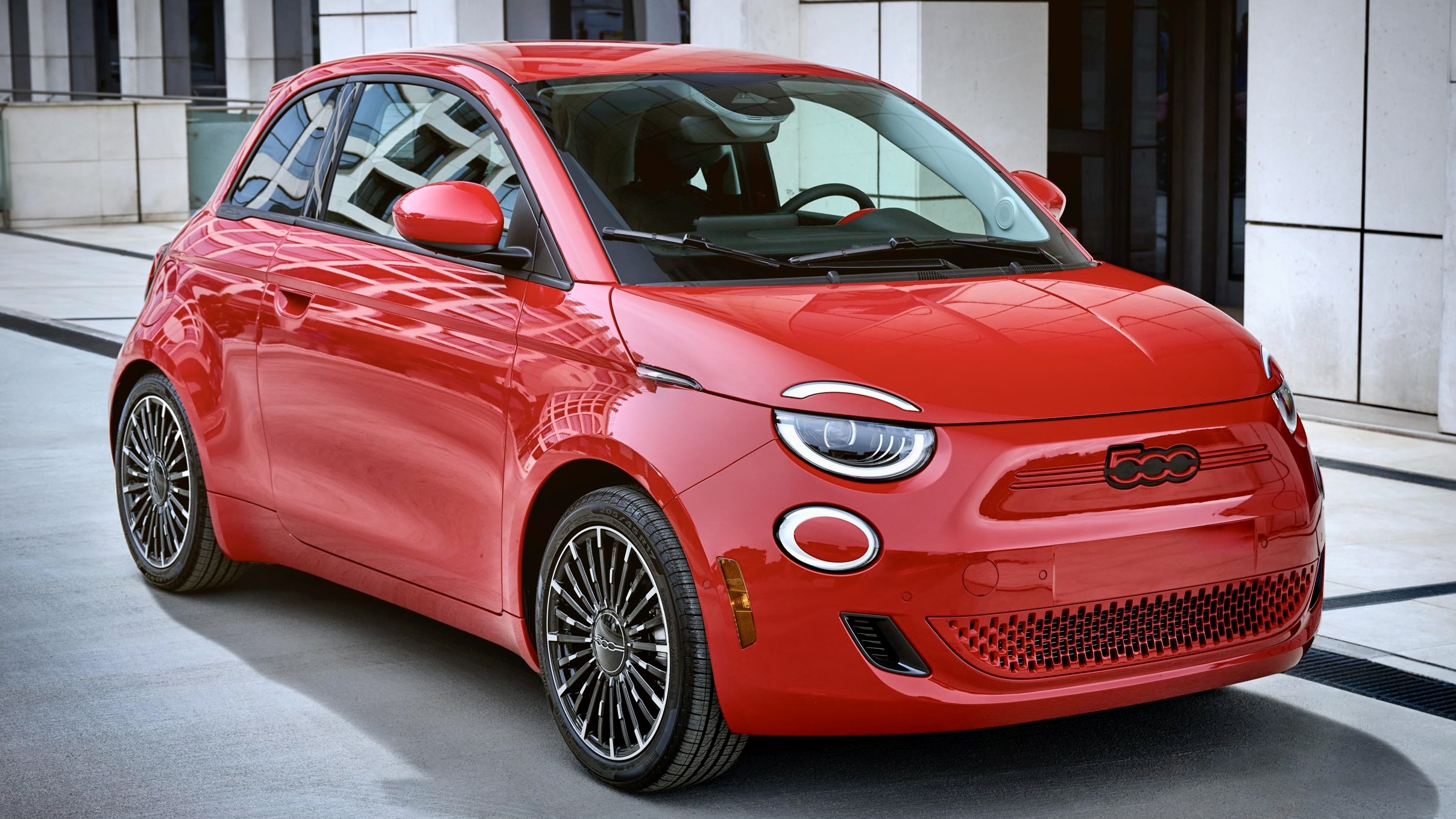
1. Fiat 500
The Fiat 500, while beloved for its compact size and urban agility, is a particularly poor choice for tornado country due to several critical vulnerabilities. Its lightweight unibody construction, designed primarily for city streets and mild conditions, offers minimal protection against the intense impacts caused by flying debris or collisions with larger objects like fallen trees or power lines.
In tornado-prone areas, the likelihood of encountering high-speed projectiles is significant, and the Fiat 500’s small frame simply cannot absorb these forces effectively, putting occupants at a heightened risk of injury.
Moreover, the Fiat 500’s low ground clearance severely limits its ability to navigate the typical hazards left in the wake of a tornado. Flooded streets and debris-covered roads are common, and the 500’s shallow undercarriage makes it highly susceptible to water intrusion and underbody damage, increasing the risk of stalling or becoming immobilized.
The car’s front-wheel-drive system, while efficient on dry, paved roads, lacks the traction and adaptability needed to maintain control on slippery or uneven surfaces frequently found after severe storms. This combination of factors makes the Fiat 500 particularly unreliable and unsafe when quick, stable transportation is crucial.
Safety technology in the Fiat 500 is also limited. While newer models may feature basic airbags and some crash mitigation tech, the vehicle’s small size means it performs poorly in crash tests compared to larger cars or SUVs.
There is little room to absorb impact forces or protect occupants in rollover or side-impact scenarios, which are realistic dangers in tornado events. Taken together, these deficiencies make the Fiat 500 one of the least advisable vehicles for those living in or passing through tornado country.
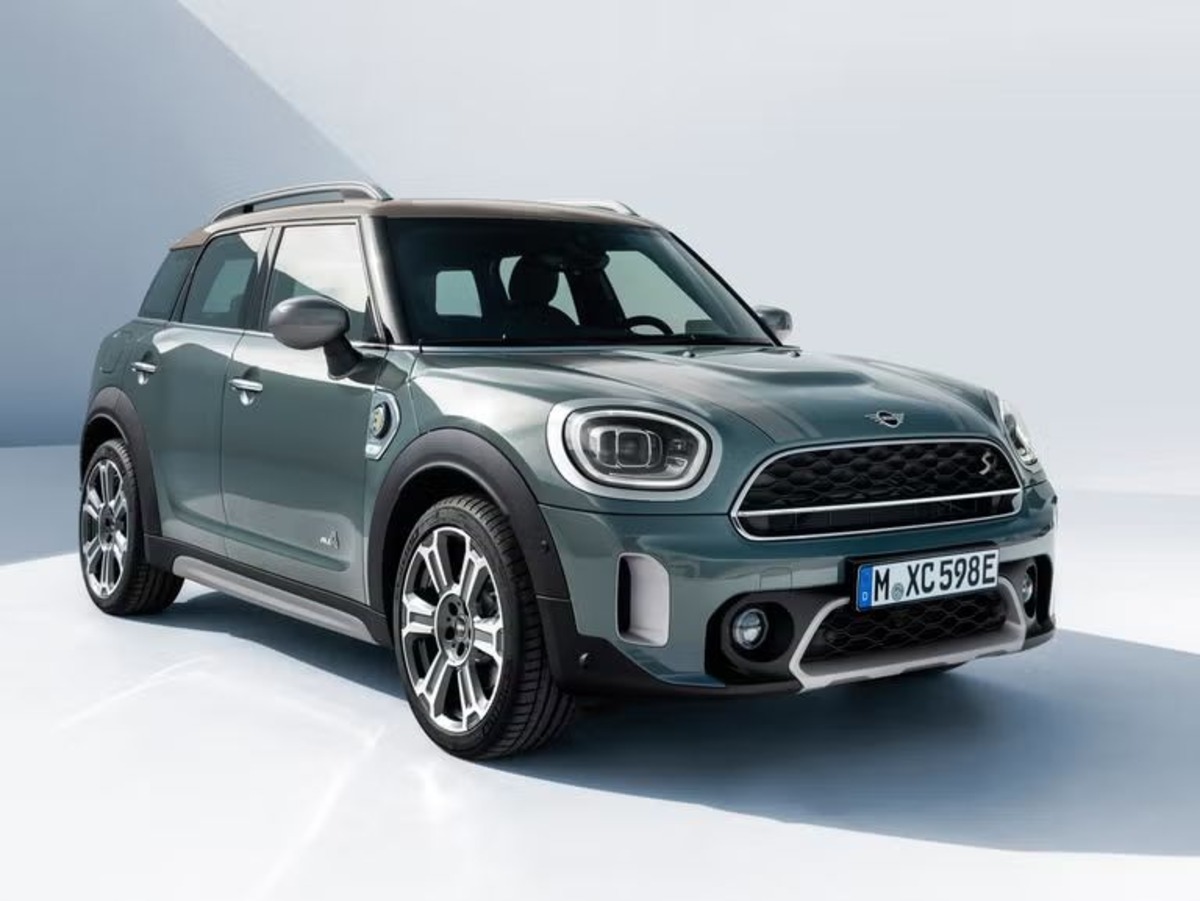
2. Mini Cooper
The Mini Cooper shares many of the same issues as the Fiat 500, but with some additional concerns that make it unsuitable for tornado-prone environments. Its design prioritizes sporty handling and urban maneuverability over ruggedness or crash resilience.
The Mini Cooper’s unibody frame, although engineered for strength in everyday conditions, is comparatively fragile when confronted with the violent forces exerted by flying debris or collision impacts during tornadoes. The vehicle’s relatively short wheelbase and tight suspension tuning contribute to less stable handling on rough, wet, or debris-covered roads, increasing the likelihood of loss of control in emergencies.
Furthermore, the Mini Cooper typically comes with front-wheel drive only, which limits traction on slippery or uneven surfaces. Unlike four-wheel or all-wheel-drive vehicles designed to disperse power and maintain grip under adverse conditions, the Mini’s drivetrain configuration struggles in mud, flooded streets, or loose gravel—common obstacles after tornadoes. This deficiency in handling could lead to dangerous skidding or inability to reach safe locations during evacuations.
The vehicle’s safety features, while modern, are not tailored for the extreme conditions often found in tornado country. Crash tests reveal that the Mini Cooper’s small cabin and minimal crush zones provide less protection in severe impacts.
It also lacks advanced driver-assistance features found in larger, more robust vehicles that can help avoid accidents altogether in hazardous weather. Ultimately, despite its charm and urban appeal, the Mini Cooper is not a safe or reliable option for tornado-prone drivers.
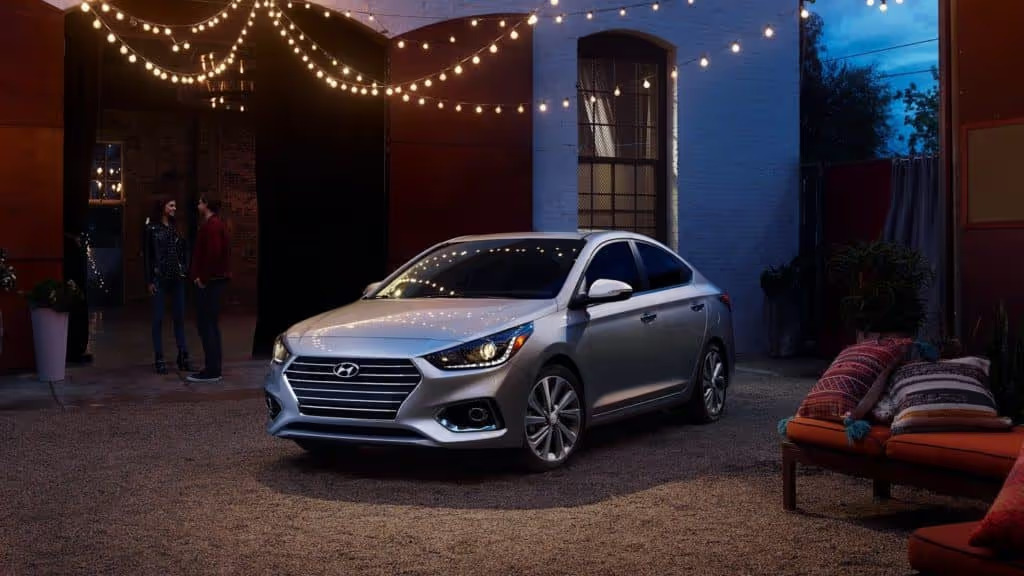
3. Hyundai Accent
The Hyundai Accent is a budget-friendly compact sedan that performs adequately in urban and suburban settings but falls short when facing the demands of tornado country. Its front-wheel-drive configuration, combined with a low ground clearance, significantly reduces its ability to navigate flooded roads or debris-laden surfaces that are common after tornado events.
Unlike vehicles equipped with all-wheel or four-wheel drive systems, the Accent cannot effectively manage traction on unstable terrain, making it more prone to sliding or getting stuck in emergencies.
Structurally, the Accent’s unibody design is not optimized for the high-impact resistance needed to protect occupants from flying debris or collision damage typical of tornado aftermaths. The car’s frame tends to absorb and deform more easily under stress, increasing the risk of cabin intrusion and injury.
Additionally, its smaller size means there is less physical space to install extensive safety reinforcements or multiple airbags, resulting in only moderate crash-test ratings, which may not be adequate when every inch of protection counts.
Moreover, the Hyundai Accent typically lacks many of the advanced driver-assistance systems that can significantly improve safety in challenging driving conditions. Features like adaptive cruise control, automatic emergency braking, or lane departure warnings are often absent or limited to higher trims, reducing the driver’s ability to respond effectively to sudden hazards such as debris or other vehicles swerving unexpectedly.
For residents or travelers in tornado country, the Accent’s combination of limited traction, lower structural integrity, and modest safety features makes it a risky choice.
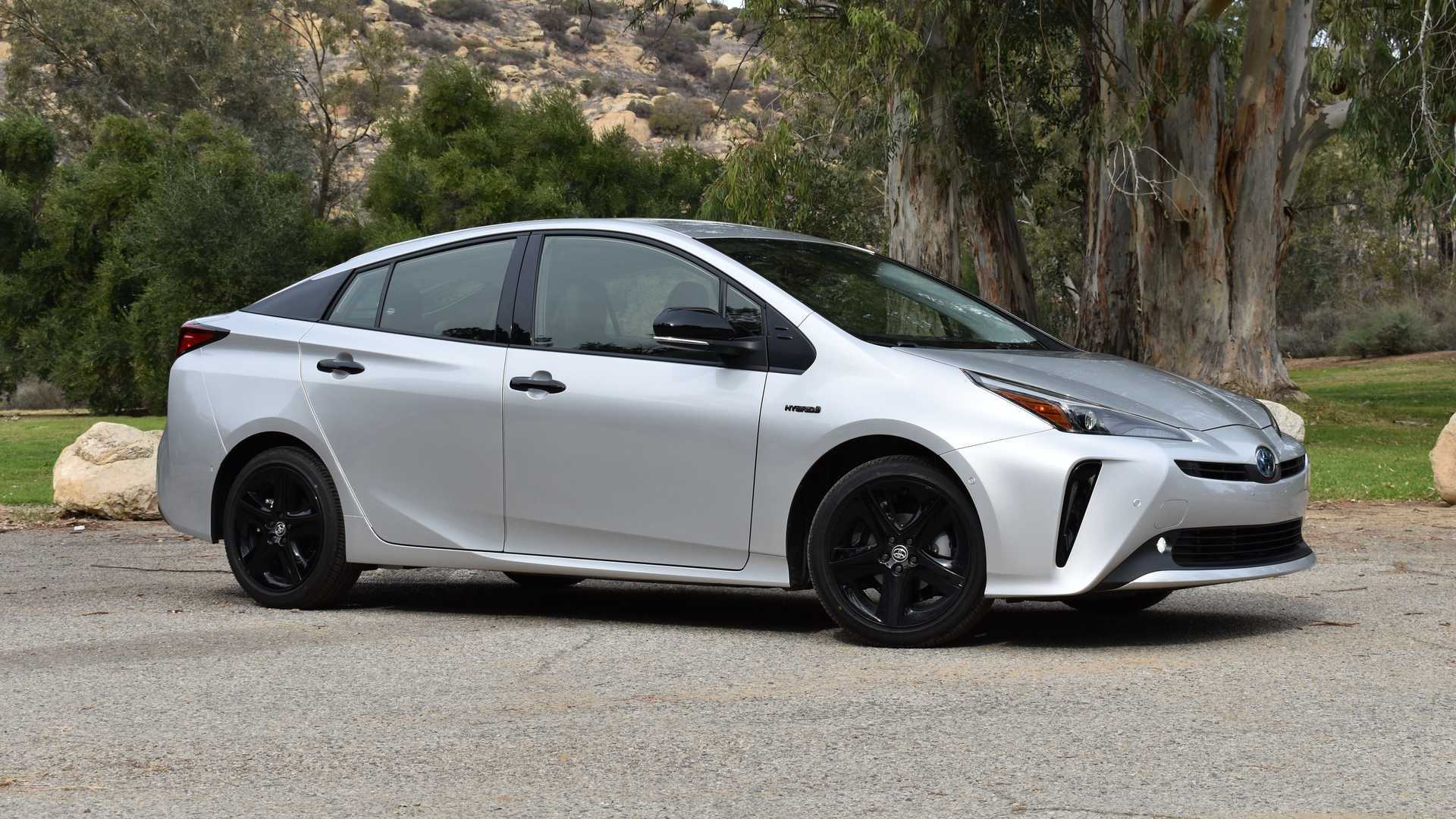
4. Toyota Prius
The Toyota Prius is world-renowned for its fuel efficiency and environmental friendliness, but is less suited for tornado country due to a range of practical limitations. Its hybrid drivetrain, while excellent for reducing fuel consumption, is particularly vulnerable to flooding and water damage, a frequent risk during tornado-related storms. The Prius’s low ride height means it is more likely to suffer undercarriage damage or engine flooding when navigating waterlogged or debris-filled roads, potentially stranding the driver in critical moments.
In terms of structural safety, the Prius employs a lightweight unibody frame to maximize efficiency, which inherently provides less protection against the kind of high-impact collisions caused by flying debris or rollovers common during tornadoes. Though the car does include some safety features like airbags and electronic stability control, it lacks the heavy-duty construction found in body-on-frame trucks and SUVs that are better suited to absorb and withstand violent impacts.
Additionally, the Prius’s complex hybrid systems can pose maintenance challenges after a severe storm event. Electrical components and battery packs are susceptible to damage from water intrusion or electrical shorts, which could leave the vehicle inoperable precisely when it is most needed for evacuation or emergency transport.
The Prius’s focus on economy over ruggedness and its vulnerability to environmental hazards reduce its effectiveness and reliability in tornado country, making it an impractical choice for residents in these regions.
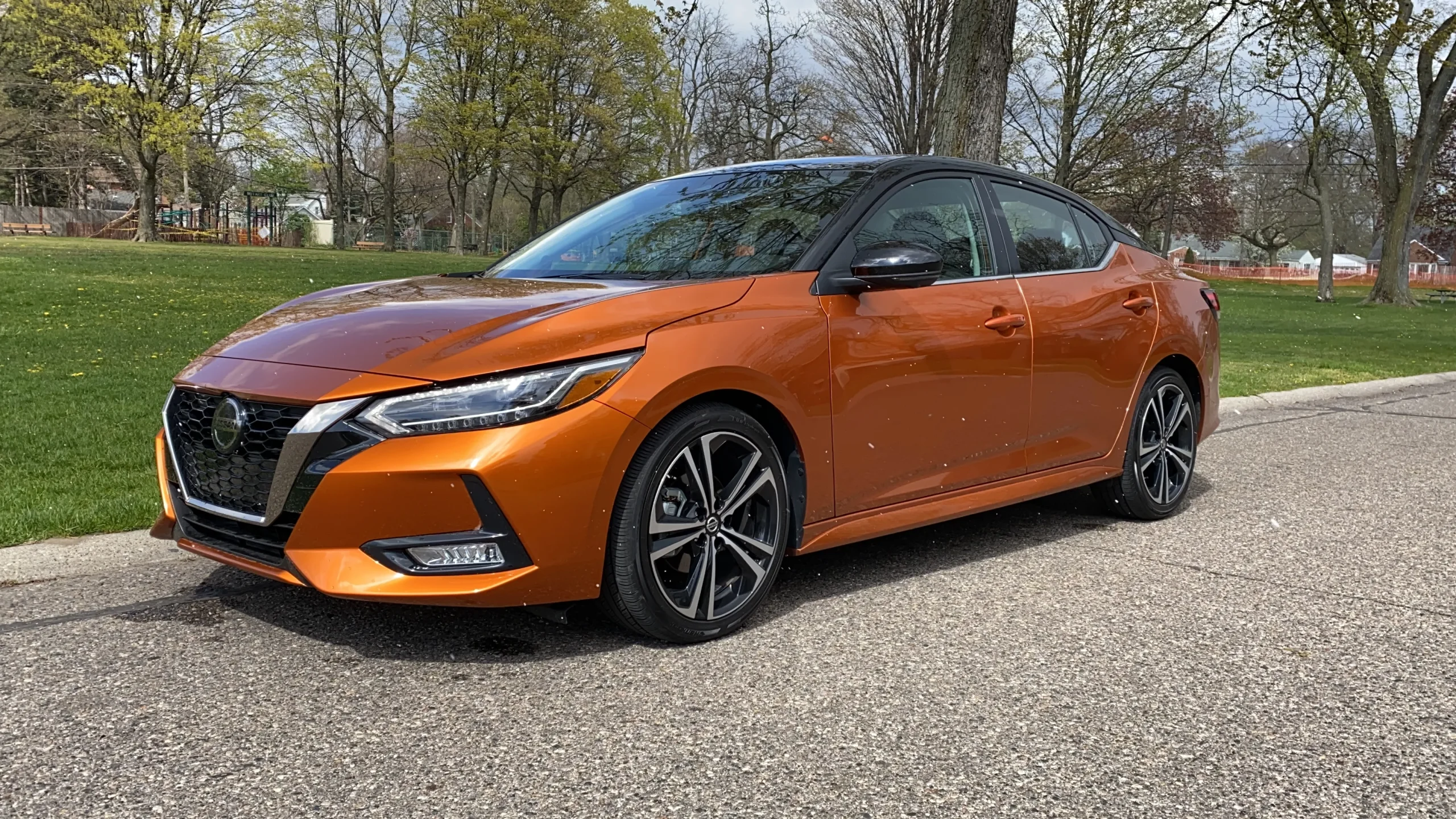
5. Nissan Sentra
The Nissan Sentra is a popular compact sedan that, despite its general reputation for reliability in everyday driving, does not perform well under tornado country conditions. Like many small cars, it features a unibody construction with a relatively low ride height, making it vulnerable to undercarriage damage and poor handling on roads littered with debris or flooded after a tornado. The Sentra’s front-wheel-drive layout lacks the all-weather traction and stability needed to navigate slippery, uneven, or muddy surfaces common in tornado-affected areas.
Safety ratings for the Sentra are generally adequate for city driving but are less impressive when considering the severity of hazards present in tornado zones. The vehicle’s smaller frame and cabin size limit the space available for safety reinforcements, reducing crash protection in high-impact collisions or rollovers.
Furthermore, lower trim levels often miss out on advanced driver-assistance technologies like forward collision warning, lane-keep assist, or automatic emergency braking, which are crucial for preventing accidents during chaotic, high-stress driving conditions.
Finally, the Nissan Sentra’s interior and cargo space are limited, restricting the ability to carry essential emergency supplies or accommodate multiple passengers comfortably during evacuation scenarios. The combination of less-than-ideal traction, moderate crash protection, and limited safety technology renders the Sentra an unsuitable vehicle for those living in or frequently traveling through tornado country.
Also Read: 5 Cars That Keep Working in Texas Heat and 5 That Overheat Instantly
In tornado country, where the forces of nature can quickly transform roads into perilous obstacles and turn routine drives into life-or-death scenarios, choosing the right vehicle is more than a matter of convenience—it is a vital component of personal safety and resilience. The vehicles that stand up to these challenges share common traits: durable construction, high ground clearance, reliable powertrains, capable drivetrains, and advanced safety technologies.
Together, these features provide the physical and technological resilience needed to protect occupants and maintain mobility during and after tornado events. Whether facing down flying debris, flooding, or damaged infrastructure, the right vehicle can significantly increase the chances of safely evacuating, accessing emergency resources, or simply surviving a storm’s aftermath.
The five vehicles highlighted for their reliability in tornado country — such as the Toyota Tacoma, Ford F-150, Subaru Outback, Chevrolet Tahoe, and Jeep Wrangler — demonstrate why these attributes matter. Their robust frames, whether body-on-frame or reinforced unibody, offer superior crash protection, while their advanced all-wheel or four-wheel-drive systems help maintain traction on challenging surfaces.
Modern safety features like adaptive cruise control, emergency braking, and lane-keeping assist further enhance driver awareness and accident avoidance. These vehicles are not merely modes of transport; they are lifelines, engineered to provide stability and security when conditions deteriorate rapidly. Their durability over time also ensures they remain dependable through the wear and tear associated with harsh environments.
Conversely, vehicles such as the Fiat 500, Mini Cooper, Hyundai Accent, Toyota Prius, and Nissan Sentra reveal the pitfalls of choosing cars ill-suited for tornado country. Lightweight unibody construction, low ground clearance, limited or no all-wheel drive, and less comprehensive safety technology combine to create vehicles vulnerable to environmental hazards and less capable of protecting their occupants in emergencies.
These models may excel in urban or mild climates but fall short when confronted with the intense and multifaceted dangers posed by tornadoes and their aftermath. The potential for rapid immobilization, compromised safety, and difficulty navigating damaged roads can turn what should be a refuge into a trap.
The stark contrast between these two groups underscores a vital truth for residents of tornado-prone areas: vehicle choice must prioritize safety, durability, and versatility. Investing in a vehicle with proven performance under extreme conditions is a pragmatic decision that can save lives. It is also an acknowledgement that natural disasters require preparation beyond the obvious, extending into the very means by which people protect themselves and their loved ones.
Ultimately, the key takeaway is that tornado country demands more from vehicles than ordinary driving environments. Drivers need robust, capable, and technologically advanced vehicles to face the unique hazards head-on. By making informed choices grounded in an understanding of how different vehicles perform under tornado conditions, individuals can better safeguard their safety and improve their ability to respond effectively to emergencies.
In this way, a reliable vehicle becomes not just a tool but a crucial partner in resilience and survival. The right vehicle, chosen thoughtfully and maintained carefully, is one of the best defenses against nature’s unpredictable fury.

